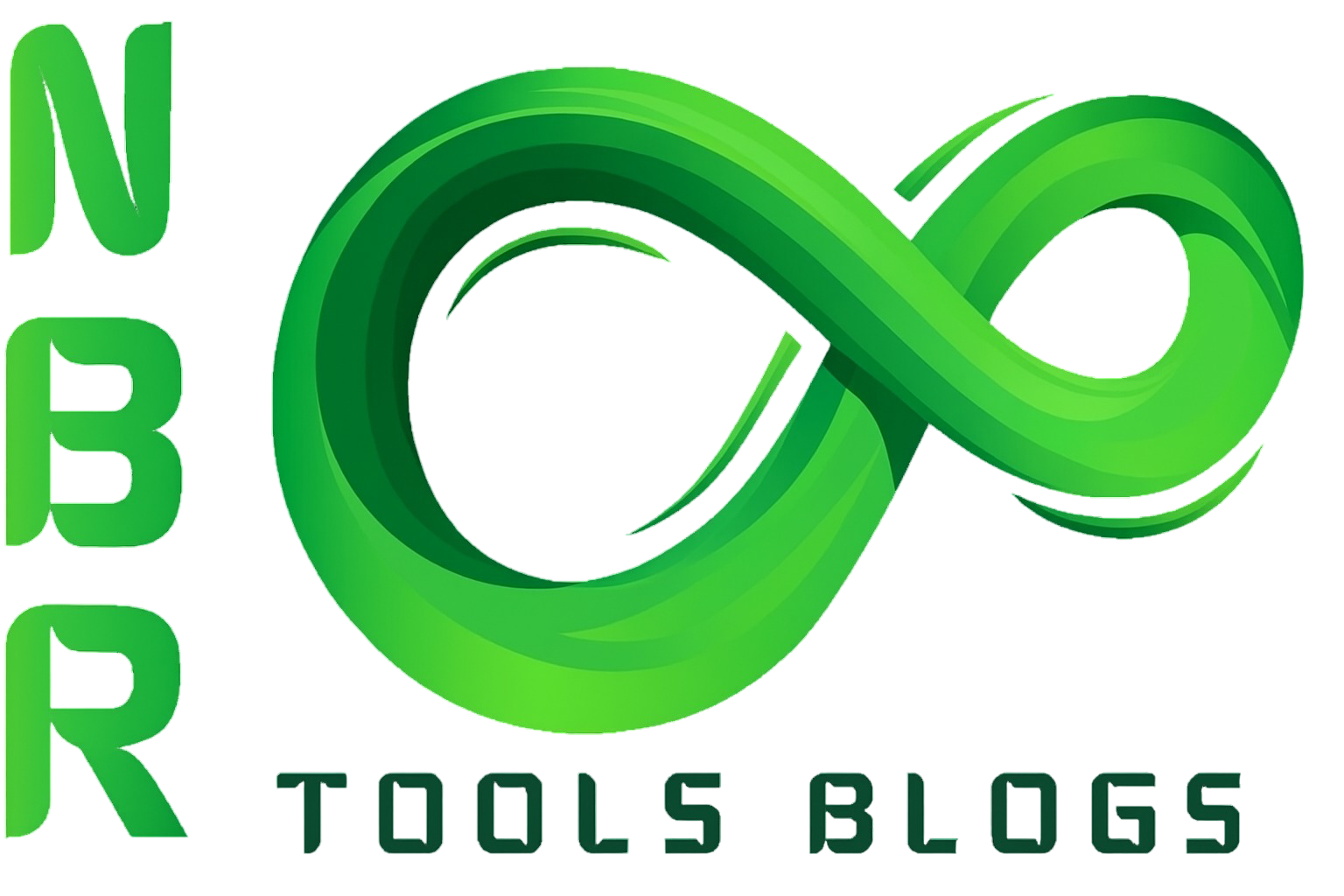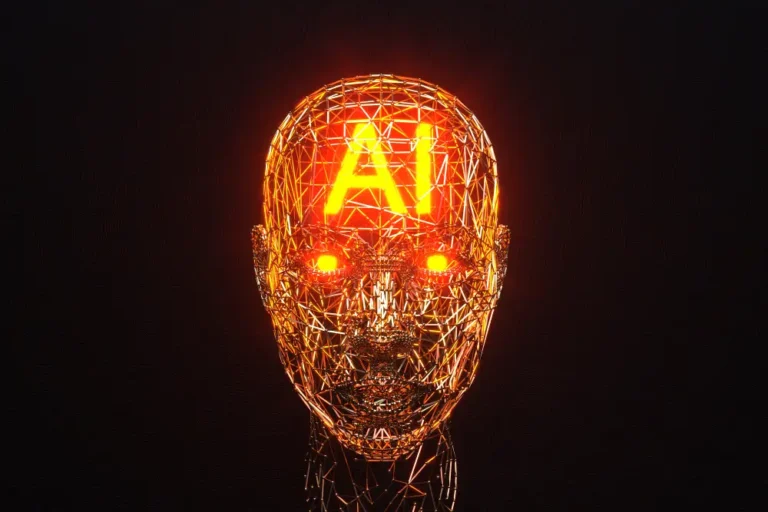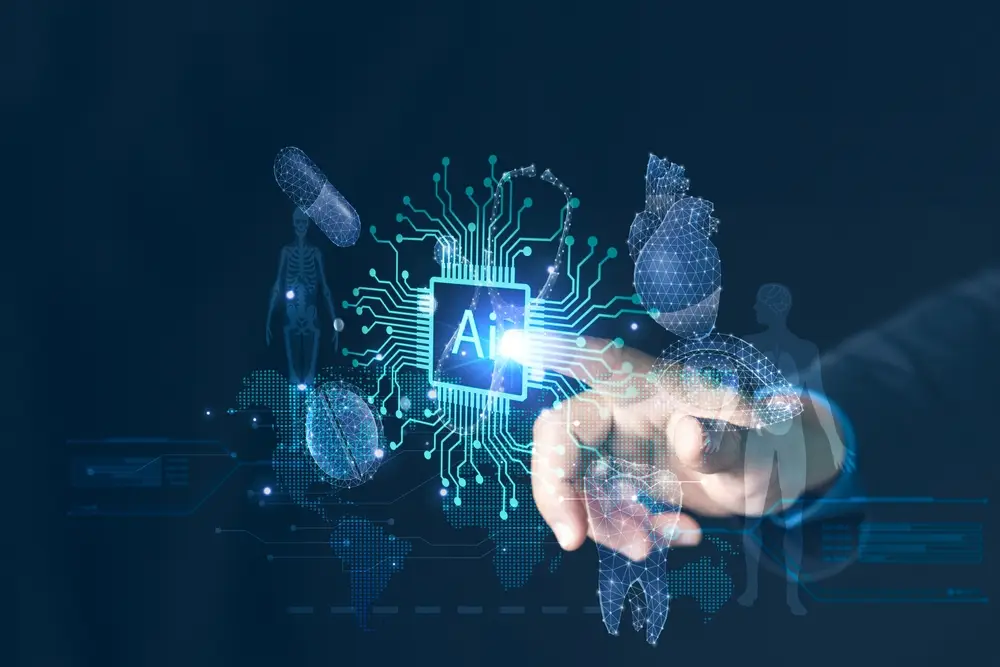The Ethics of AI: Navigating the Moral Implications
The world we live in is being shaped by artificial intelligence (AI). AI is used in everything from self-driving cars to virtual assistants. Even though AI has many amazing advantages, there are also serious ethical concerns. How can we guarantee AI’s safety, transparency, and fairness? This blog examines these ethical dilemmas and provides guidance for the development of AI in a responsible manner.

Fundamental Ethical Issues
Algorithmic Prejudice
Algorithmic prejudice is one of the most urgent ethical problems in AI. Because AI systems learn from data, they will also be prejudiced if the data is. Biased AI, for instance, may unjustly affect lending decisions, hiring practices, or even court rulings. Consider a hiring AI that, as a result of its training data reflecting previous hiring prejudices, prefers male applicants. This keeps bigotry and inequality alive.
Examples from the real world demonstrate this risk. After learning that its AI hiring tool discriminated against women, a large tech company discontinued it in 2018. Diverse datasets and continuous assessment are necessary to identify and eradicate unfair trends in algorithmic bias. Fairness must be given top priority by developers in order to produce moral AI.
Explainability and Transparency
Understanding the decision-making process of AI systems is known as AI transparency. Many AI models, like as neural networks, are intricate and difficult to understand, making this difficult. Imagine not understanding why an AI-driven algorithm rejected your loan application. This inability to be explained might cause annoyance and mistrust.
Researchers are creating methods to make AI easier to grasp to address this. Simplified models and decision trees are two methods that can be used to explain AI judgments. Users may trust AI and hold systems responsible for their results when there is transparency.
Responsibility
Who bears responsibility when AI systems create harm? For instance, who is responsible if a self-driving car crashes—the owner, the programmer, or the manufacturer? Assigning responsibility is a difficult moral dilemma.
To solve this situation, clear laws and moral standards are necessary. Companies and developers need to be accountable for their AI systems and make sure they adhere to safety regulations. Governments can also contribute by enacting legislation that specifies who is responsible for occurrences involving AI.
Displacement of Jobs
Industries have changed as a result of AI automation, yet job displacement is a concern. Jobs in industries like manufacturing, retail, and transportation are at risk because machines can complete repetitive activities more quickly. Self-checkout systems, for instance, eliminate the need for human cashiers in retail establishments.
Governments and businesses should fund retraining initiatives to assist employees in adjusting to new positions in order to address this. During this transition, social safety nets can offer assistance. Even if AI opens up new possibilities, it’s imperative to make sure nobody is left behind.
AI Security
The goal of AI safety is to avoid misuse and unforeseen effects. For example, if AI systems employed in military applications are not adequately managed, they may intensify hostilities. An AI program created for positive purposes could also be used for negative ones, such as disseminating false information.
Collaboration across borders is necessary to advance AI safety. To create standards and exchange best practices, nations must cooperate. To make sure AI operates as planned, researchers should give top priority to developing strong testing procedures and fail-safes.
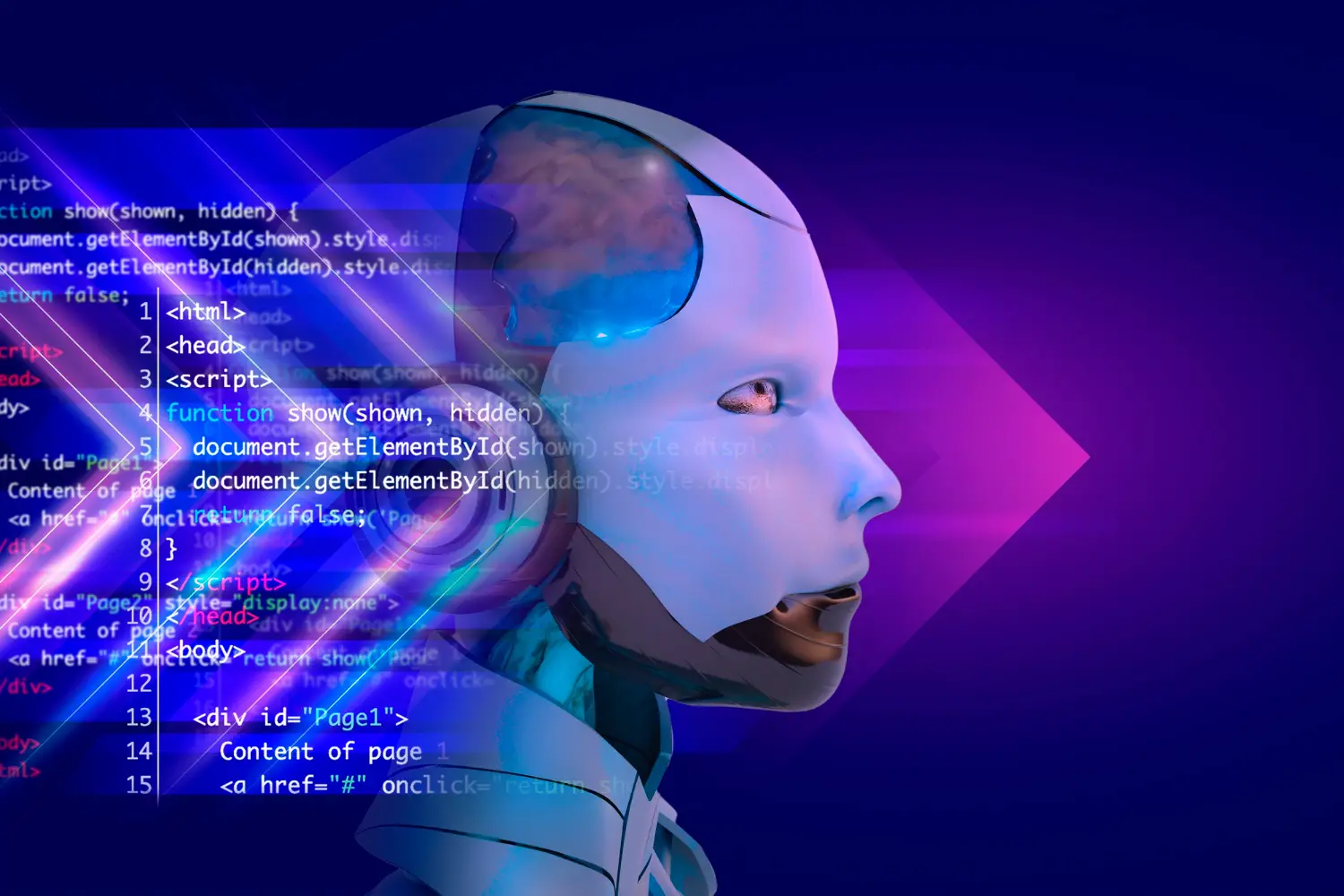
Conscientious AI Development and Implementation
Principles and Guidelines for Ethics
A number of organizations have created AI ethics guidelines. The OECD, for instance, has established norms that prioritize accountability, equity, and transparency. These frameworks offer a starting point for the development of ethical AI.
Ensuring ethical considerations are not an afterthought is achieved by including these concepts throughout the AI lifecycle. From design to deployment, developers should weigh the advantages and disadvantages of each step.
AI Focused on Humans
Human needs and values should come first in AI systems. AI in healthcare, for example, can help physicians by evaluating medical data, but human decision-makers should still have the last say. AI complies with social norms and ethical standards thanks to human oversight.
Accessibility must be taken into account while designing human-centered AI. AI systems ought to be inclusive and easy to use so that everyone, regardless of age or skill, may take advantage of them.
The Function of Regulation
In order to ensure responsible AI development, governments are essential. Regulations can uphold users’ rights, set safety standards, and encourage moral behavior. The AI Act of the European Union, for instance, focuses on high-risk AI applications and suggests a risk-based approach to regulation.
Before implementing AI systems fully, businesses can test them in controlled environments using regulatory sandboxes to make sure they adhere to ethical norms. This strategy prioritizes safety and accountability while fostering innovation.
New Ethical Difficulties
Privacy Issues
Large volumes of data are frequently needed by AI systems, which raises privacy issues. For instance, while facial recognition technology can increase security, it also compromises personal privacy. Finding a balance between privacy and creativity is essential.
These issues can be resolved by putting strong data protection techniques like encryption and anonymization into practice. Users ought to have explicit choices about whether or not to consent to data gathering.
Using AI to Make Decisions
Ensuring justice is crucial as AI increasingly affects decisions in fields like finance, hiring, and law enforcement. Biases in AI systems must be actively detected and addressed by developers. Mechanisms for accountability and transparency can also increase confidence in AI-driven judgments.
Worldwide Inequality
The concentration of AI development in affluent nations may exacerbate global inequality. Developing countries might find it difficult to obtain cutting-edge AI technologies, which would hinder their capacity to compete in a world that is changing quickly.
Governments, organizations, and private businesses must work together to promote fair access to AI. By pooling resources and knowledge, we can close the gap and make sure AI works for everyone.
AI Ethics in Education
To create a new generation of responsible creators and knowledgeable users, AI ethics must be incorporated into school curricula. To assist students in grasping the significance of ethical considerations, schools might present fundamental AI principles and talk about their ramifications.
Specialized courses on AI ethics can be offered by higher education institutions, equipping upcoming leaders to handle challenging situations. These kinds of programs make sure that moral consciousness permeates technological advancement.
The Function of Business Executives
AI ethics are greatly influenced by tech corporations. They may make sure their AI solutions are in line with social ideals by implementing open policies and interacting with a variety of stakeholders. Businesses that put ethics first frequently improve their customer interactions and obtain a competitive advantage.
Companies can maintain accountability through programs like external audits and ethical review committees. These actions show a dedication to developing AI that is advantageous to all.
AI’s Effect on the Environment
The creation and implementation of AI systems use a lot of energy, which exacerbates environmental problems. Large language model training, for example, uses a lot of processing power and contributes significantly to carbon emissions.
This effect can be lessened by encouraging sustainable AI techniques like algorithm optimization and the use of renewable energy. Ethical and environmental responsibility must be given top priority by researchers and businesses.
The Prospects for Ethical AI
Public Awareness and Education
Experts are not the only ones who should understand AI ethics. Public education on these topics is essential for well-informed debates and choices. By integrating AI ethics into their curricula, educational institutions might assist future generations in ethically navigating these issues.
Cooperation Among Sectors
Collaboration between governments, researchers, tech corporations, and civil society is necessary for ethical AI. Governments enforce regulations, whereas industry leaders can set standards. Advocacy organizations and nonprofits may make sure that underrepresented voices are heard during the development of AI.
Advancements in Ethical AI
The field of ethical AI research is growing. More open and equitable systems are being made possible by innovations like explainable AI (XAI) and fair machine learning techniques. These developments show that moral issues don’t have to be a barrier to innovation.
Ethics in Healthcare Artificial Intelligence
AI is being used more and more in the healthcare sector for activities including patient monitoring, therapy recommendations, and diagnosis. However, when AI choices have an impact on patient outcomes, ethical questions come up.
It is essential to guarantee accuracy and transparency in healthcare AI. In order to design systems that put patient safety and equity first, developers must collaborate closely with medical practitioners. Positive effects on public health can be ensured, and misuse can be avoided with ethical oversight.
AI Ethics in the Creative Sector
AI is transforming the creative industries by producing literature, music, and art. These developments encourage creativity, but they also bring up moral questions regarding originality, authorship, and copyright.
Careful policymaking is necessary to strike a balance between innovation and human creativity. To make sure AI enhances human contributions rather than diminishes them, developers should work in tandem with artists and content producers.
Implications of Autonomous Weapons for Ethics
There are serious ethical issues with the use of AI in military applications like autonomous weaponry. These systems might function without human supervision, which raises the possibility of unforeseen outcomes.
Strict laws and international agreements are required to stop abuse. Human accountability and control should be given top priority in ethical criteria for military AI use.
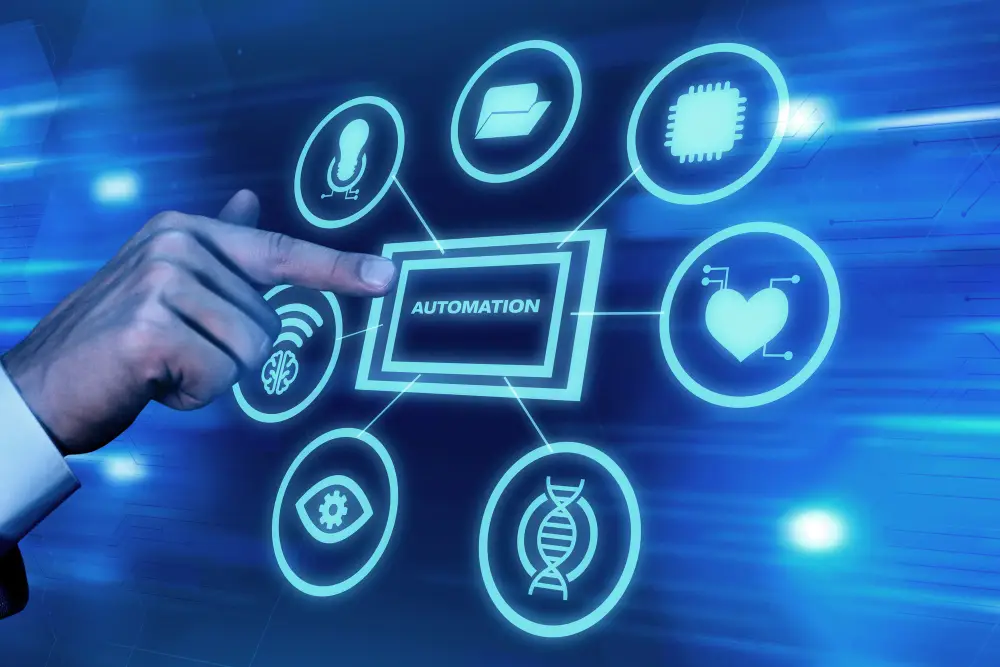
Doable Actions for Ethical AI
Regarding Developers:
- To find and reduce biases, conduct audits on a regular basis.
- Consider explainability and openness while designing AI systems.
- During development, work together with social scientists and ethicists.
For those in charge of policy:
- Create precise rules that strike a balance between safety and innovation.
- Encourage AI ethics research and development.
- Encourage international collaboration on AI principles and standards.
Regarding Users:
- Keep up with the ways AI affects your life.
- Encourage moral AI behavior in your neighborhood.
- Report any concerns regarding the usage of AI and use it properly.
In conclusion
The complexity of ethical issues will increase as AI develops further. To overcome these obstacles, cooperation between academics, decision-makers, and business executives is crucial. Public awareness and education are also essential. We can influence a future in which AI responsibly helps humanity by promoting educated debates.
AI has the potential to improve society, but only if it is created ethically. By tackling prejudices, maintaining openness, and putting security first, we can maximize AI’s potential while lowering threats. Together, let’s build a society where AI is advantageous to all.
